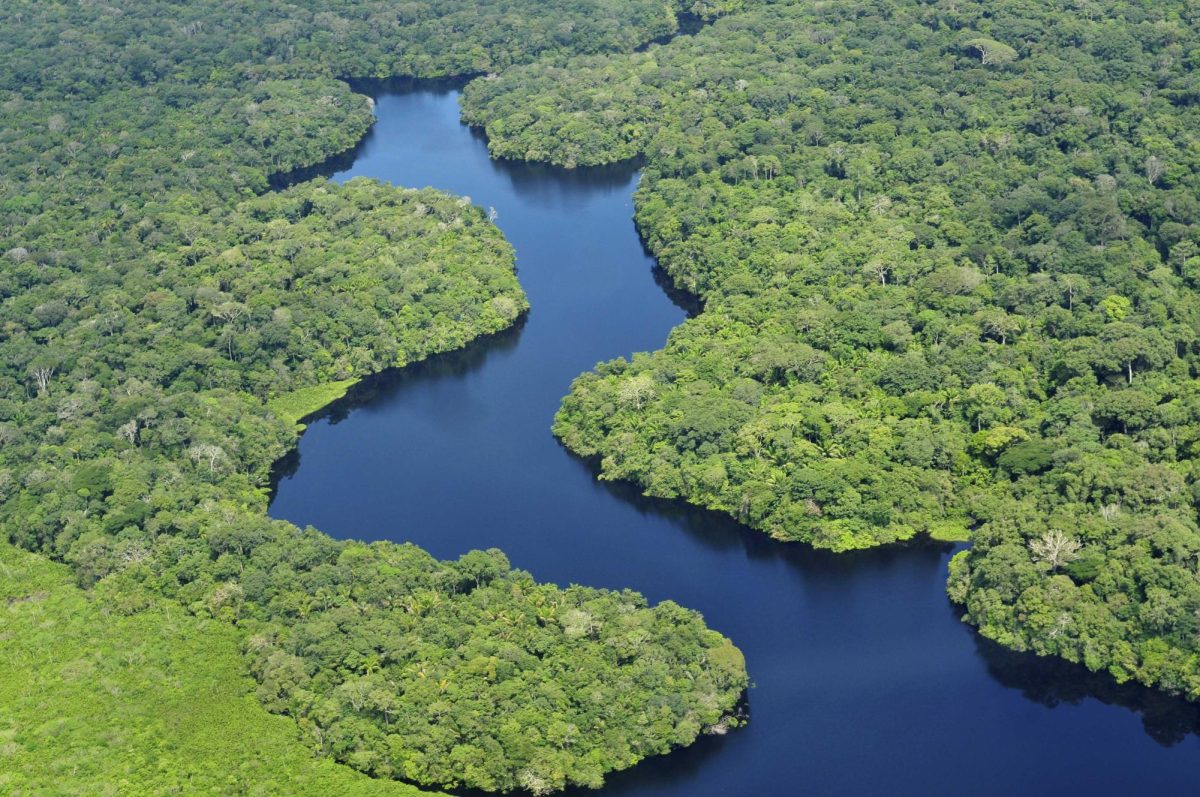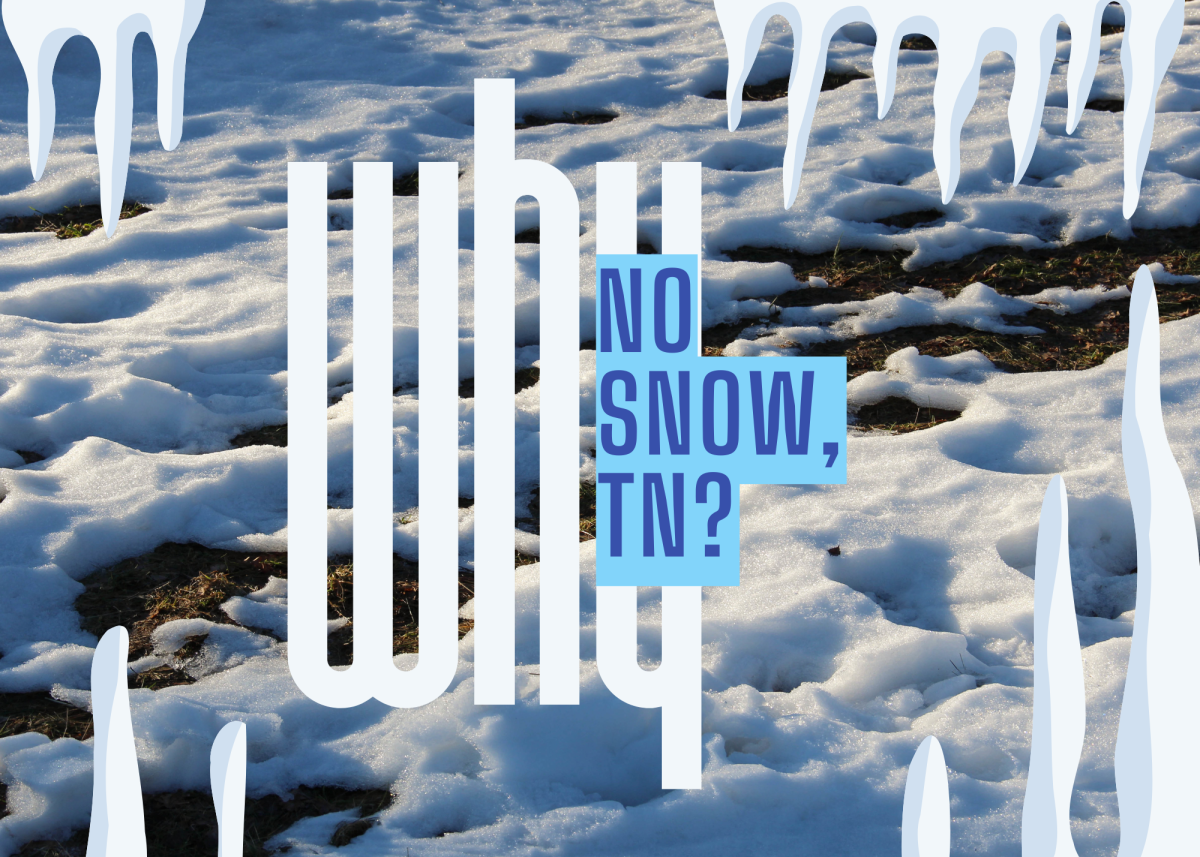Due to deforestation and global warming, the Amazon River, which is known as one of the most diverse places in the world, has been going through a drought. The river is at the lowest it has been in decades, currently being recorded at 13,59 meters compared to the 17.60 meters from last year.
The drought has caused wildfires to start up that are becoming hazardous to millions of people, specifically remote communities or tribes. The low water levels have shut down a major hydropower plant and isolated communities that can only travel by boat.
Because of the drought the wildfires have been worse. Without all the water in the river, the size of them has enlarged by a significant amount, and they are spreading quicker.
The Amazon Forest is the largest and most diverse area, and this drought is causing it to lose some of its diversity. The endangered species of the pink dolphin is suffocating due to the river drying out, as well as any other animals living in the water like fish. The condition of the river is rapidly increasing the destruction of the forest.
It is expected that the drought will last until December. Brazil’s Science Ministry believes that the El Niño climate phenomenon, which is an irregular climate pattern over the Pacific Ocean, is at fault for the drought. In response to El Niño, the rainfall has become less in the Amazon, causing the low river and low water table levels.
Worsening the drought even more, some other rivers through the Amazon Rainforest are experiencing a pile up of dead fish, which is making it harder to access food and clean drinking water.
The people at Lake Puraquequara don’t have enough water to both drink and cook. They’ve spent time digging waterholes in the dry mud in attempts to get more water. Fisherman are struggling to catch any fish to bring back to their homes.
A discovery that has come along with the water levels lowering is human faces and other figures in the stone. Though cravings had been seen before in a severe drought burning 2010, they re-emerged this month and because of the drier conditions facial carvings also became visible.
These markings have been estimated to be around 1,000 to 2,000 years old. Archaeologists believe that some of the grooves may have been used in the past to make and prepare tools, like arrows and spears.
The facial engravings are either oval or rectangular shaped with smiles or grim expressions on them. These have been estimated to have been created by indigenous people before contact with European explores was made.
This has been the lowest recorded level of the river’s history. Due to climate change, it will be difficult for both the river and the people dependent on it to recover from this drought. Damaging the ecosystem and biodiversity, this drought will last for a while.















